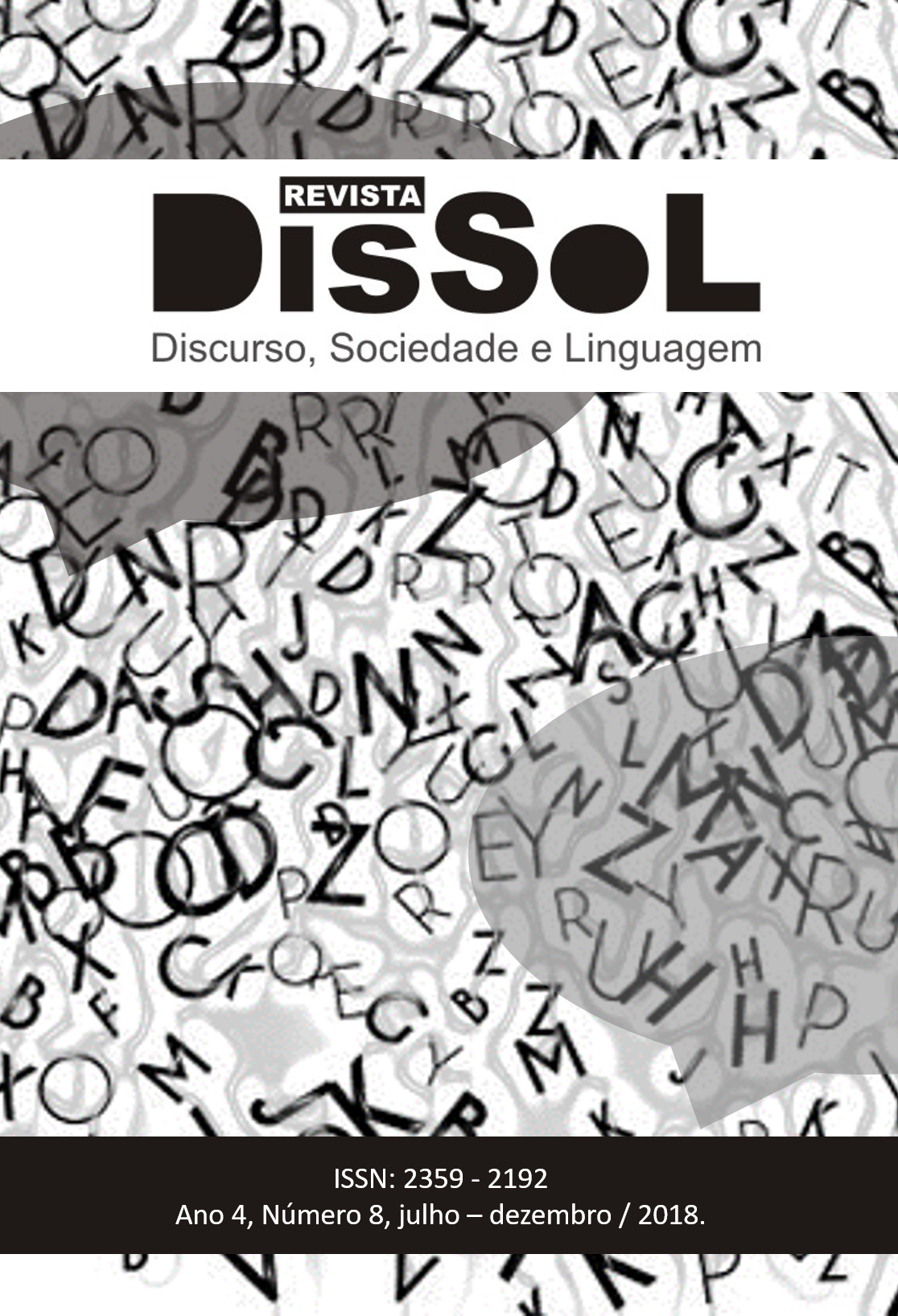TRENDY BLENDS IN THE LINGUISTIC LANDSCAPE OF NATAL/RN
Resumo
Este trabalho pretende discutir as implicações práticas das misturas linguísticas usadas nas fachadas de lojas em Natal/RN. Nossos objetivos foram mapear as áreas onde ocorrem os blends, identificar as características e significados construídos, bem como analisar suas funções morfossintáticas e identificar as motivações para o uso de blends. Esta pesquisa exploratória se baseia no arcabouço teórico-metodológico de pesquisas em Linguistic Landscape. A coleta de dados foi realizada através de questionários e análise de fotos, das quais foram criadas categorias. De acordo com essas categorias, o uso do inglês nas fachadas tem fins comerciais e estéticos. Além disso, nossas descobertas revelam que algumas palavras em inglês vêm sendo integradas ao idioma local. Abstract:This work intends to discuss the practical implications of linguistic blends used on storefront signs in Natal/RN. Our objectives were to map the areas where blends occur, to identify the characteristics and meanings construed, analyzing their morphosyntactic functions and to identify the motivations for this use. This exploratory research is based on a theoretical-methodological framework of Linguistic Landscape research. The data was collected through questionnaires and the analysis of photos, from which were created categories. According to these categories, the use of English in the storefronts is used as a marketing strategy and for aesthetic purposes. Also, our findings reveal that some English words have been integrated into the local language.Referências
BARROSO, Arimá Viana. Mapeando a qualidade de Vida em Natal. Natal-RN, Secretaria Municipal de Planejamento e Gestão Estratégica, 2003.
BEN-RAFAEL, E. et al. Linguistic Landscape as Symbolic Construction of the Public Space: The Case of Israel. International Journal of Multilingualism,v. 3, n. 1, 2006.
CARSTAIRS-MCCARTHY, A. An Introduction to English Morphology: Words and Their Structure. Edinburgh: Edinburgh University Press, 2002. 151 p.
CELCE-MURCIA, M.; LARSEN-FREEMAN, D. The Grammar Book: An ESL/EFL Teacher's Course. 2. ed. Boston: Heinle & Heinle Publishers, 1999. 854 p.
CENOZ, J.; GORTER, D. Linguistic Landscape and Minority Languages. International Journal Of Multilingualism, v. 3, n. 1, p. 67-80, 2006.
EWING, R. What is a functional model of language? PRIMARY ENGLISH TEACHING ASSOCIATION, Marrickville, p.1-6, 2001. Available at: <http://www.petaa.edu.au/iMIS_Prod/PETAA_Docs/PPs-open/095F.pdf>. Accessed on: August, 2017.
HALLIDAY, M.; MATTHEISSEN, C. Halliday’s Introduction to Functional Grammar. Oxford: Routledge, 2014.
KELLY, M. To “Brunch” or to “Brench”: some Aspects of Blend Structure. Linguistics, v. 36, n. 3, p. 579–590, 1998.
LANDRY, R.; BOURHIS, R. Y. Linguistic Landscape and Ethnolinguistic Vitality An Empirical Study. JOURNAL OF LANGUAGE AND SOCIAL PSYCHOLOGY. v. 16, n. 1, p. 23-49, 1997.
LEHRER, A. Blendalicious. In: MUNAT, J. (ed.). Lexical Creativity, Texts and Contexts. Amsterdam: John Benjamins, 2007. p. 115–136.
MARTIN, J.R.; ROSE, D. Genre Relations: mapping culture. Equinox:London, 2008. p. 6.
NUNAN, D. Research Methods in Language Learning. Cambridge: Cambridge University Press, 1992.
PASARI, P. A Detailed Investigation and Perusal of Lexical Blends: Semantics in Blends and Types of Blends and Their Frequency. INTERNATIONAL JOURNAL OF INNOVATIVE RESEARCH & DEVELOPMENT. Indore, p. 23-25. jun. 2015.
ROIG-MARÍN, A. ‘Blended’ Cyber-Neologisms. English Today, v. 32, n. 128, p. 2-5, 2016.
SAYER, Peter. Using the linguistic landscape as a pedagogical resource. ELT JOURNAL. Oxford: Oxford University Press, 2009. Available at: <http://eltj.oxfordjournals.org/content/early/2009/07/15/elt.ccp051.full#ref-9>. Accessed on: October, 2016.
Autores que publicam na Revista DisSoL mantêm os direitos autorais e concedem à revista o direito de primeira publicação, com o trabalho simultaneamente licenciado sob a Licença Creative Commons Attribution que permite o compartilhamento do trabalho com reconhecimento da autoria e publicação inicial nesta revista.
Ao submeterem textos para avaliação e possível publicação nesta revista os autores comprometem-se a respeitar os preceitos éticos de produção e publicação de pesquisas científicas.





